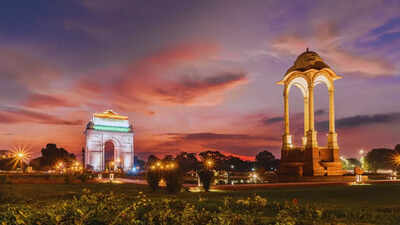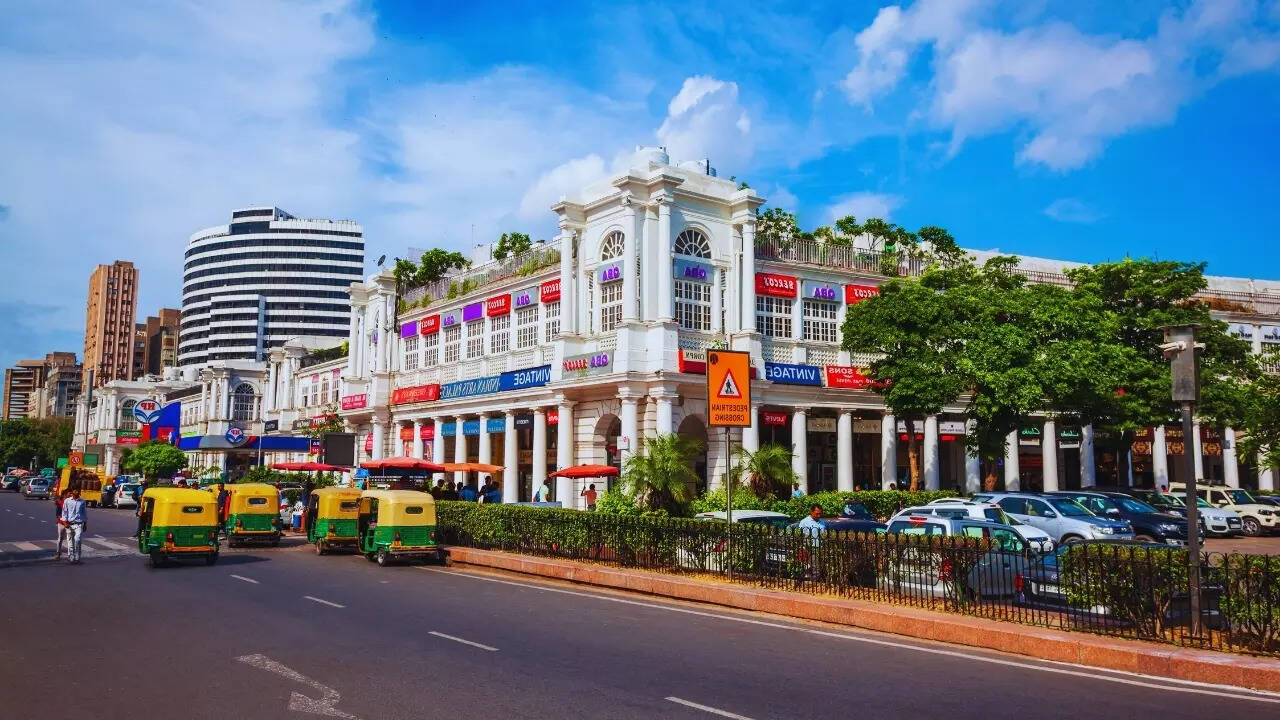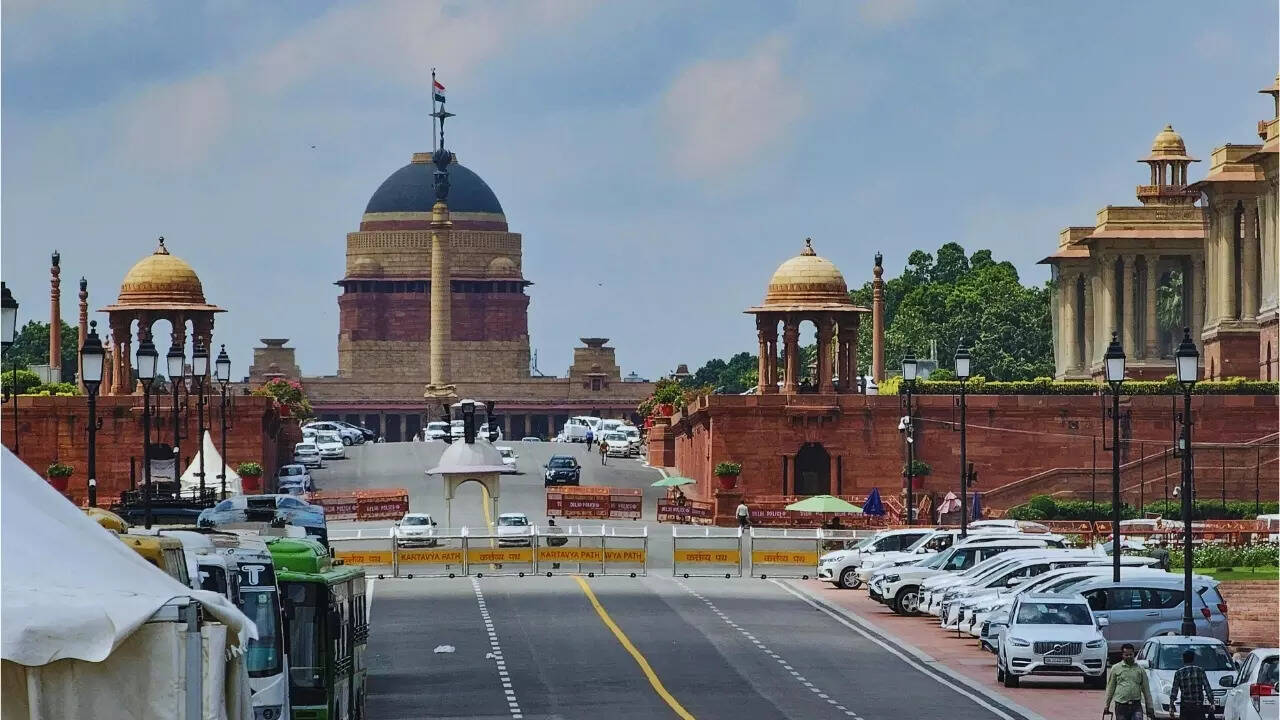ARTICLE AD BOX

When people talk about India’s capital, they often say “Delhi” or “New Delhi” - sometimes interchangeably. In casual conversation, it may seem like they mean the same place. But technically, there is a difference. So the region known as Delhi has been inhabited for many centuries, as a seat of power across many empires.
Meanwhile, New Delhi was conceived under British colonial rule as a new seat of governance. The foundation stone of New Delhi, south of central Delhi, was laid during the Delhi Durbar of 1911. It was designed by British architects Edwin Lutyens and Herbert Baker, and formally inaugurated in 1931.To understand this easily:
- Delhi refers to a broader historic territory, with layers of history, architecture, culture, population growth.
- New Delhi refers to a planned part of Delhi, essentially designed for administration, diplomacy, and the capital functions.

Connaught Place in Delhi
Delhi (NCT of Delhi)
Did you know that Delhi is a Union Territory? Officially known as the National Capital Territory of Delhi (NCT), this is a union territory with a legislature, and covers multiple districts (11 official districts as per recent demarcation).
NCT of Delhi comprises residential, commercial, historic, cultural, and institutional zones.
New Delhi
This is one district among the 11 districts of the NCT of Delhi, and is where many of the central government offices, embassies, and diplomatic enclaves are located. In architectural terms, the area of New Delhi is often referred to as “Lutyens’ Delhi, featuring wide tree-lined avenues, large government buildings, embassies, and comparatively expansive open spaces.
There are a few reasons why people blur the two terms:
- Colloquial usage: People say “Delhi” to refer to the capital region, so “New Delhi” is sometimes treated as synonymous, or it’s just a common thing one hears so might as well use it.
- Overlapping jurisdictions: The central government, the union territory government, municipal bodies all operate in overlapping spaces, making it complex.
- Tourist perspective: For many visitors the fine administrative distinctions don’t matter. They’re simply in “Delhi” as the national capital, and one of the most visited places in India.
It is also safe to say that the majority of the people don’t know the difference. But we are here to help clear some of the things out.

Rashtrapati Bhavan entry gate
Governance and administrative functions
- NCT of Delhi has its own elected legislative assembly and a Chief Minister, but certain key domains like the city’s (Delhi’s) police, land, and law and order are still controlled by the central government.
- New Delhi falls under special administrative bodies like the New Delhi Municipal Council (NDMC) for certain central areas, and houses the Parliament of India, offices of the President (Rashtrapati Bhavan), major embassies, the Supreme Court, etc.
So, when one fills an address or form in India, you might choose “Delhi” as the state/territory and “New Delhi” as the city—reflecting this distinction. Did you notice this before?
Why does it matter?
Understanding the distinction is more than just semantics, it has practical implications. When it comes to governance and services, knowing whether one is in the jurisdiction of municipal vs central bodies can affect service delivery, permits, etc.
In real estate and zoning, some zones under New Delhi have special zoning rules, diplomatic status, etc. And when it comes to addressing and official representation, for official documents, permits or signage, using the correct name can matter greatly.Next time when you hear someone say “I live in Delhi” it could mean any part of the NCT of Delhi, whether in the New Delhi district or in the many other districts (South Delhi, West Delhi, etc.).
Similarly, if someone says “I’m going to New Delhi” they often mean the central government zone, the political heart, or as tourists call it the “capital area”.In short: yes, there is a difference between “Delhi” and “New Delhi”. While the two names are often used casually as though they were the same city, formally Delhi refers to the expansive National Capital Territory, a union territory combining multiple districts, portfolios of local, state-level and central governance. Whereas New Delhi refers specifically to the capital district within that territory, the administrative and diplomatic heart of India.Next, do you want a deep dive on Old Delhi?

 2 hours ago
5
2 hours ago
5









 English (US) ·
English (US) ·